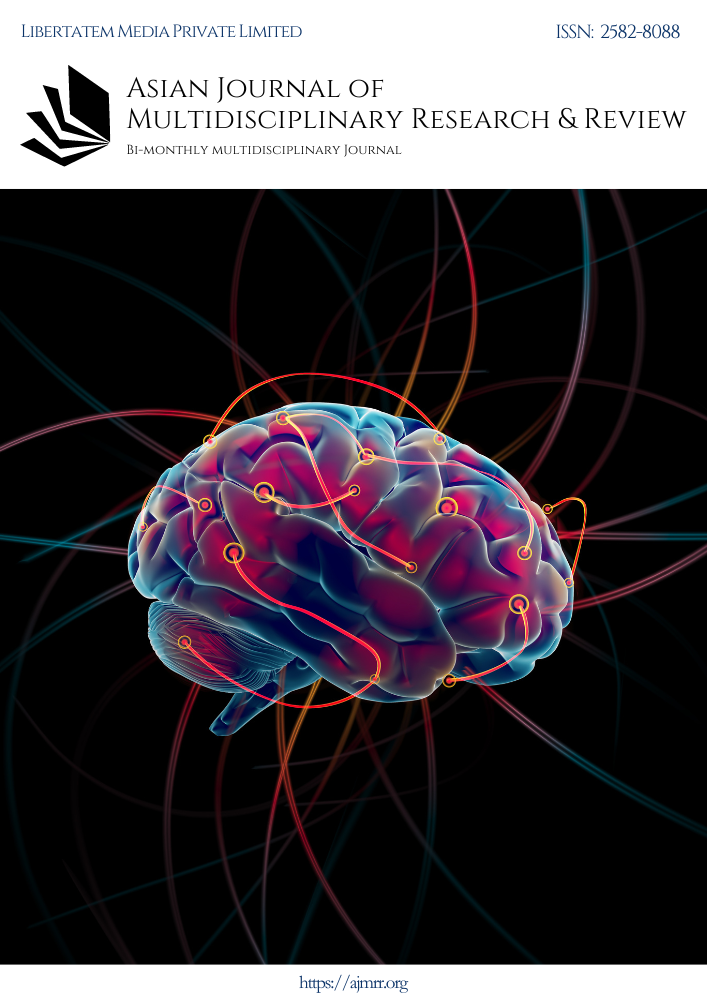A STUDY OF ORGANIZATIONAL CLIMATE, DIVERSITY, AND INCLUSION AMONG FILIPINO EMPLOYEES
Keywords:
inclusion, diversity climateAbstract
There is a misconception that diversity is irrelevant to understanding the workplace in other parts of the world, particularly in Asia. In other words, countries in Asia, like the Philippines, are homogenous. Today, western countries and other developed regions are not the only places where the workforce is becoming more diversified. Hence, this study aims to make a unique contribution to the diverse literature in the country by examining the relationships between diversity, inclusion, and organizational climate in the context of a perceived homogeneous culture. The influence of demographic characteristics like age, gender, tenure, and position was also considered in the study. Using a sample of 40 Filipino employees in a higher education institution in Cebu City, the results show average employee perceptions about diversity, inclusion, and organizational climate. The perception of diversity was positively linked to inclusion and the organizational climate. However, perceptions of inclusion and organizational climate were not statistically meaningful. On the other hand, gender, tenure, and position were closely linked to employee’s perceptions of the organizational climate. Specifically, gender-diverse employees, new employees, and those in teaching positions have a more positive perception of the organizational climate. Therefore, assessing the organizational climate is highly relevant in promoting and improving inclusion and diversity in the workplace.
Downloads
Downloads
Published
Issue
Section
License

This work is licensed under a Creative Commons Attribution-NonCommercial-ShareAlike 4.0 International License.
License Terms
Ownership and Licensing:
Authors of research papers submitted to the Asian Journal of Multidisciplinary Research & Review (AJMRR) retain the copyright of their work while granting the journal certain rights. Authors maintain ownership of the copyright and grant the journal a right of first publication. Simultaneously, authors agree to license their research papers under the Creative Commons Attribution-ShareAlike 4.0 International (CC BY-SA 4.0) License.
License Permissions:
Under the CC BY-SA 4.0 License, others are permitted to share and adapt the work, even for commercial purposes, as long as proper attribution is given to the authors and acknowledgment is made of the initial publication in the Asian Journal of Multidisciplinary Research & Review. This license allows for the broad dissemination and utilization of research papers.
Additional Distribution Arrangements:
Authors are free to enter into separate contractual arrangements for the non-exclusive distribution of the journal's published version of the work (e.g., posting it to institutional repositories or publishing it in books), provided they acknowledge the initial publication of the work in the Asian Journal of Multidisciplinary Research & Review.
Online Posting:
Authors are encouraged to share their work online (e.g., in institutional repositories or on personal websites) both prior to and during the submission process to the journal. This practice can lead to productive exchanges and greater citation of published work.
Responsibility and Liability:
Authors are responsible for ensuring that their research papers do not infringe upon the copyright, privacy, or other rights of any third party. The Asian Journal of Multidisciplinary Research & Review disclaims any liability or responsibility for any copyright infringement or violation of third-party rights in the research papers.



